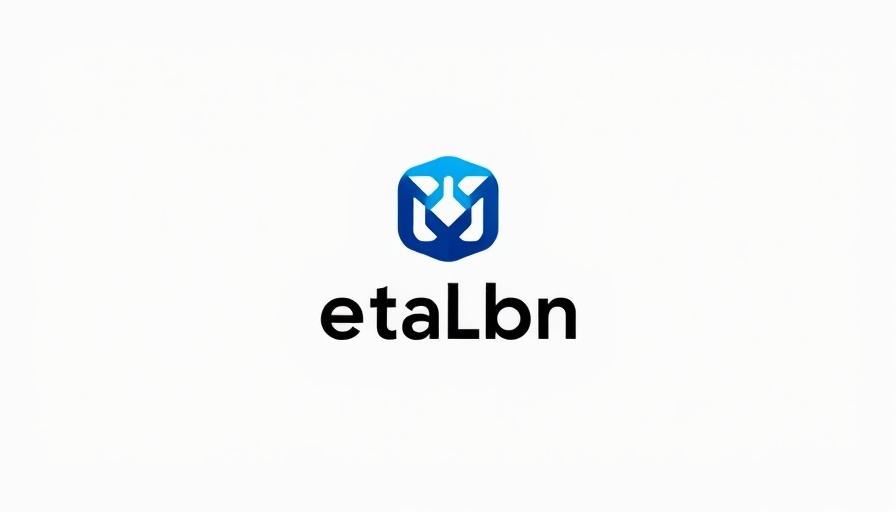
Unlocking the Secrets to Content That Converts
In today’s digital marketplace, creating content that captivates and converts is more crucial than ever, especially for small business owners and entrepreneurs looking to scale their operations. Jeremy Jones from Intuit Mailchimp emphasizes the importance of understanding your audience when crafting content. By identifying their needs, pain points, and interests, you can create targeted messaging that resonates. But what does it truly mean to create content that converts, and how can you implement effective strategies in your own marketing approach?
The Power of Audience Understanding
Jeremy’s insights highlight one key element: know your audience beyond demographics. Dive into their behaviors, preferences, and even their emotional triggers. In the age of personalization, generic content no longer cuts it. For instance, businesses that focus on segmentation—breaking their audience into distinct, manageable groups with tailored content—see much higher engagement and conversion rates. Companies using sophisticated data analytics tools can gather valuable insights, allowing them to create relevant content that speaks directly to individual needs.
Crafting Compelling Calls to Action
A critical aspect of converting readers into customers is your call to action (CTA). It’s not just about asking your audience to buy; it’s about guiding them through their journey. According to Mailchimp research, effective CTAs are clear, actionable, and add value. Use dynamic language and create a sense of urgency to encourage interaction. Instead of a bland "click here," consider something more engaging, like "Start your free trial today and transform your marketing strategy!" This kind of prompting clearly conveys what the user will gain from that action.
The Role of Storytelling in Marketing
People connect with stories; they create an emotional link that can drive conversions. Jones stresses that businesses should weave storytelling into their marketing strategy. For example, share customer success stories or showcase the journey of your brand. This not only humanizes your brand but also illustrates your value proposition effectively. Content that illustrates how you solve specific problems resonates deeply. Customers are not just buying a product; they are buying the story and the solution it represents.
Visual Content: A Must-Have in Today’s Qampaigns
Incorporating visual elements into your content strategy cannot be overstated. Posts with images, videos, or infographics generate significantly higher engagement rates. A HubSpot study showed that visual content is 40 times more likely to be shared on social media than other types of content. As you create your strategies, think about how to integrate relevant visuals that complement your message and enhance readability.
Engagement Through Social Media
For business owners, social media platforms are an invaluable tool for promoting content. As discussed in various studies, brands that actively engage with their audience on social media see improved customer loyalty and brand awareness. Comprehensive social media marketing strategies can elevate your content and ensure it is seen by the right audience. Track metrics and adjust your strategies based on what works best for your engagement goals—this agility can result in more effective content conversion rates.
Honoring Authenticity and Transparency
To foster trust and credibility, businesses must be authentic and transparent in their content. Research shows that audiences respond favorably when brands are open about their processes, values, and even their challenges. Engaging audience members with behind-the-scenes looks at your business or sharing honest customer feedback can enhance transparency, inviting consumers to relate to your brand on a deeper level.
Future Insights and Actions for Business Growth
As we move forward in the evolving digital marketing landscape, brands must remain agile and customer-focused. Assessing the effectiveness of current strategies is key. Regularly review analytics, audience feedback, and conversion metrics to refine your approach continuously. Embracing innovative strategies, such as incorporating interactive content or personalization based on AI, can keep businesses competitive and enhance their content strategy's effectiveness.
In conclusion, understanding your audience, crafting compelling CTAs, leveraging storytelling, and prioritizing visual content are essential strategies for developing content that converts. As you navigate the complexities of digital marketing, stay committed to authenticity and engagement, and your audience will reward you with loyalty and conversions. Keep these principles in mind as you refine your content strategies.
If you’re seeking to enhance your business growth strategy, consider implementing these insights into your content marketing today. Remember, the more aligned your content is with your audience’s needs, the higher the chances of conversion.
 Add Row
Add Row  Add
Add 




Write A Comment